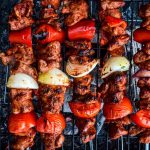
Turkish kebabs are a far cry from the stuffed pita so ubiquitous in the West. And that’s a good thing. After trying this traditional recipe for lamb shish kebab from one of Turkey’s very best regional cuisines, I’ve never looked back.
Say “kebab”, and most people will have two immediate connotations. Turkey (the country, not the bird). And a dish which has very little in common with the kebabs served in Turkey.
The stuffed pitas with strips of döner kebab, salad, canned corn, garlic dressing and god knows what, don’t exist in Turkey. The Turks cannot free themselves completely from this bastardised version of a kebab, though.
When large numbers of Turks, mostly from the countryside, emigrated to Germany in the 1960s, many of them sought opportunities within food. And why not? When comparing Turkish cuisine to German, one must naturally conclude that there should be a huge market potential for the former.
The entrepreneurial chefs and cooks soon found, however, that the Germans wanted none of their traditional kebabs, by which they meant a sit-down meal, with a few small plates of appetisers, copious amounts of bread, perhaps a glass of ayran.
Some smart brain looked out onto the streets and concluded that the people of their newly adopted country were rather more happy to eat their food on the go than the Turks were used to. And stuffed both the kebab and most of the stuff from the small plates into a piece of bread, selling it for on-the-go. I’m not sure when the garlic dressing entered the fray, perhaps an inspiration from other take-away joints.
Needless to say, it was a huge success, and it is this version which comes to mind to most people in the West when they hear the word “kebab”.
The secrets to a good shish kebab
I’ve been fortunate enough to eat a lot more traditional Turkish kebabs than bastardised German-Turkish ones in my life. I never cared much for the latter. But I love a good quality Turkish kebab, expertly prepared by the usta, the Turkish catch-all word for the master of any trade.
And while the döner kebab is ubiquitous in Turkey as well, the varieties of kebabs are endless. Like in the Middle East, the word “kebab” can refer to a wide range of primarily grilled dishes. For me, though, it’s the ones grilled over hot coal I’m after.
Every usta has own secret to the perfect shish kebab, and I’m in no place to tell you what they might be. But let me suggest three things that will help you on the way to a great kebab.
First, good quality meat. This means meat with a little bit of fat – preferably lamb. The best Turkish kebabs also have small pieces of fat – tail fat from a very fat bottomed type of sheep – skewered in between the bits of meat.
Second, a good marinade. Each usta, chef and home cook has his own.
Third, grilling over very hot coals, allowing fat to drip into the embers and smoke to permeate the meat.
A recipe from the heart of Turkish kebab land
I won’t insult the local ustas by claiming to know how to make the perfect shish kebab. But I can quite confidently say that it is very good at this point, having served it many a time to Turkish friends on my small roof terrace in Istanbul.
Of course, the recipe isn’t mine. I’ve borrowed heavily from one of my favourite cookbooks. A Taste of Sun and Fire, commissioned by the Gaziantep Municipality, gathers the recipes of five famous home cooks from the Gaziantep region. This area is renowned for its fantastic food and food culture. It was recently recognised as a city of gastronomy by UNESCO.
In this recipe, the meat is marinated in a mixture of salças, as pastes of sundried vegetables are called in Turkish. Not just tomato paste, but also pepper paste. The latter is a much used ingredient in the local cuisine, and comes in varieties from sweet to sweat-inducingly spicy. Take your pick. (I get mine from Turunc Gida, who make theirs by hand with traditional methods.)
I skip the tail fat, but make sure there are some fatty pieces of meat on each skewer. To make things easier, I add some tomatoes and onions as well. In kebab restaurants, these are roasted separately and served on a separate plate (see “small plates” earlier in the text).
At home, I find it easier to just give each person a skewer (or three) each. The cooking time may not be pitch perfect for each individual item, but unless you’ve cut the vegetables into enormous pieces, they’ll be close enough to perfect and everyone will be happy.
Serve the kebabs with some breads, an onion salad with sumac and plenty of flat-leaf parsley. And perhaps a bit of chili sauce for those who like it extra spicy.
The recipe makes 8 skewers, enough for 4-8 people.
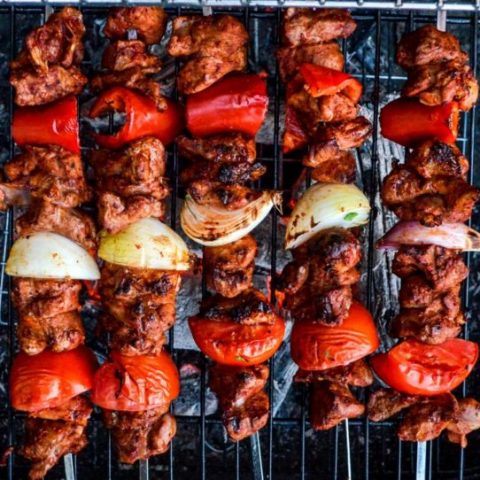
Turkish lamb shish kebab from Gaziantep
Ingredients
- 1 Tbsp Turkish hot pepper paste (acı biber salçası), or sweet pepper paste (tatlı biber salçası)
- ½ Tbsp tomato paste
- ½ Tbsp Aleppo pepper, pul biber
- 1 garlic clove, crushed to a paste with a little salt (optional)
- water
- 1 kg lamb meat, cut into 3-4 cm cubes
- 100 g lamb tail fat (kuyruk yağı), cut into ½ cm/⅕ in slices (optional)
- 2 medium tomato, cut into 4 wedges
- 2 medium onion, cut into 4 wedges
- 8 Turkish long green peppers (sivri biber), or 2 red romano peppers, cored and cut into 4
How I make it
- Make the marinade by mixing the chili paste, tomato paste, Aleppo pepper, garlic (if using), 1½ tsp salt and ½ tsp black pepper with a splash of water, just enough to be able to mix things properly. Add the meat and mix well. Leave to marinate in the fridge over night, or as long as you can (minimum one hour). I usually leave it in a closed container.
- Add the lamb, tail fat (if using), tomatoes, onions and peppers to 8 skewers. Make sure the ingredients don't cover an area larger than your heat, or the ends will not be properly cooked. If you can't fit everything onto 8 skewers, just use more.
- Grill the skewers over very hot coals until the lamb is cooked to your liking and slightly burned at the edges, turning regularly. If it takes on colour too quickly, move the kebab back and forth between the hotter and cooler areas of your barbecue. Serve immediately.


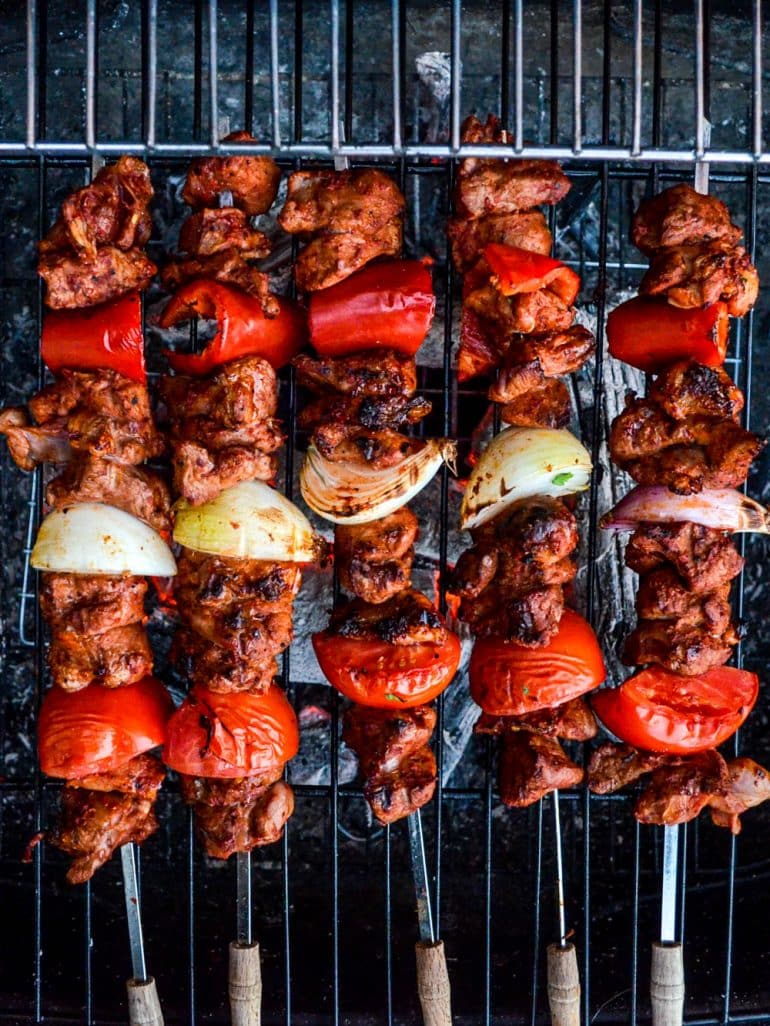


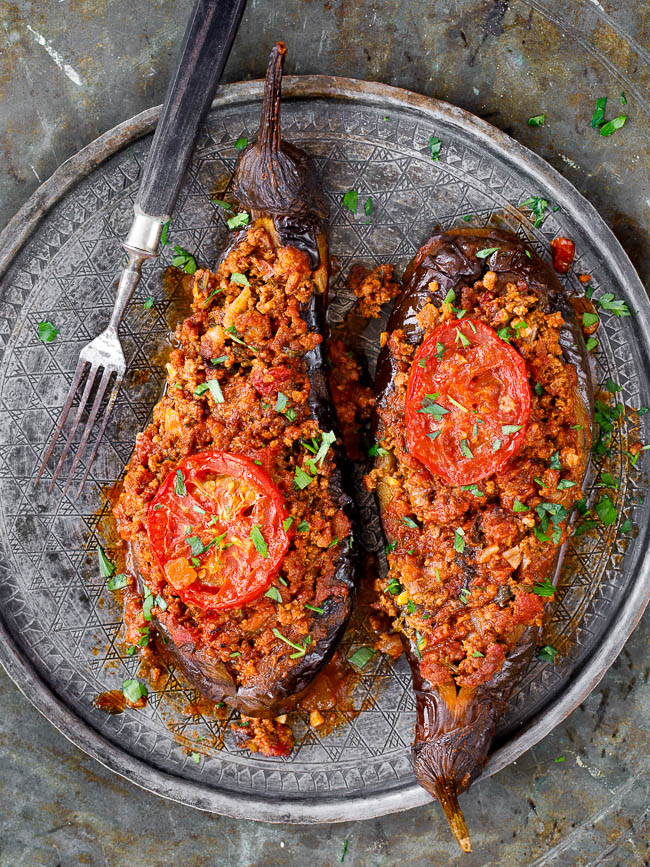
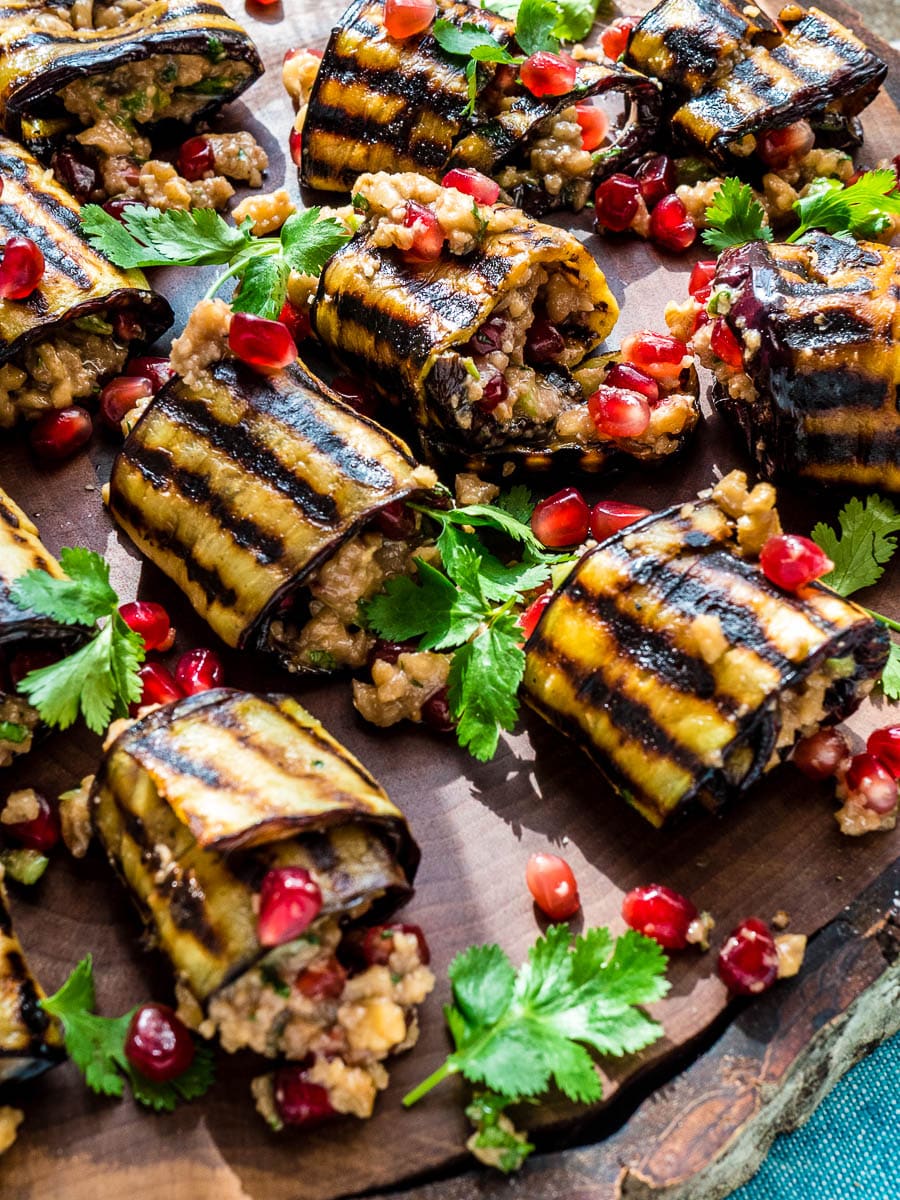
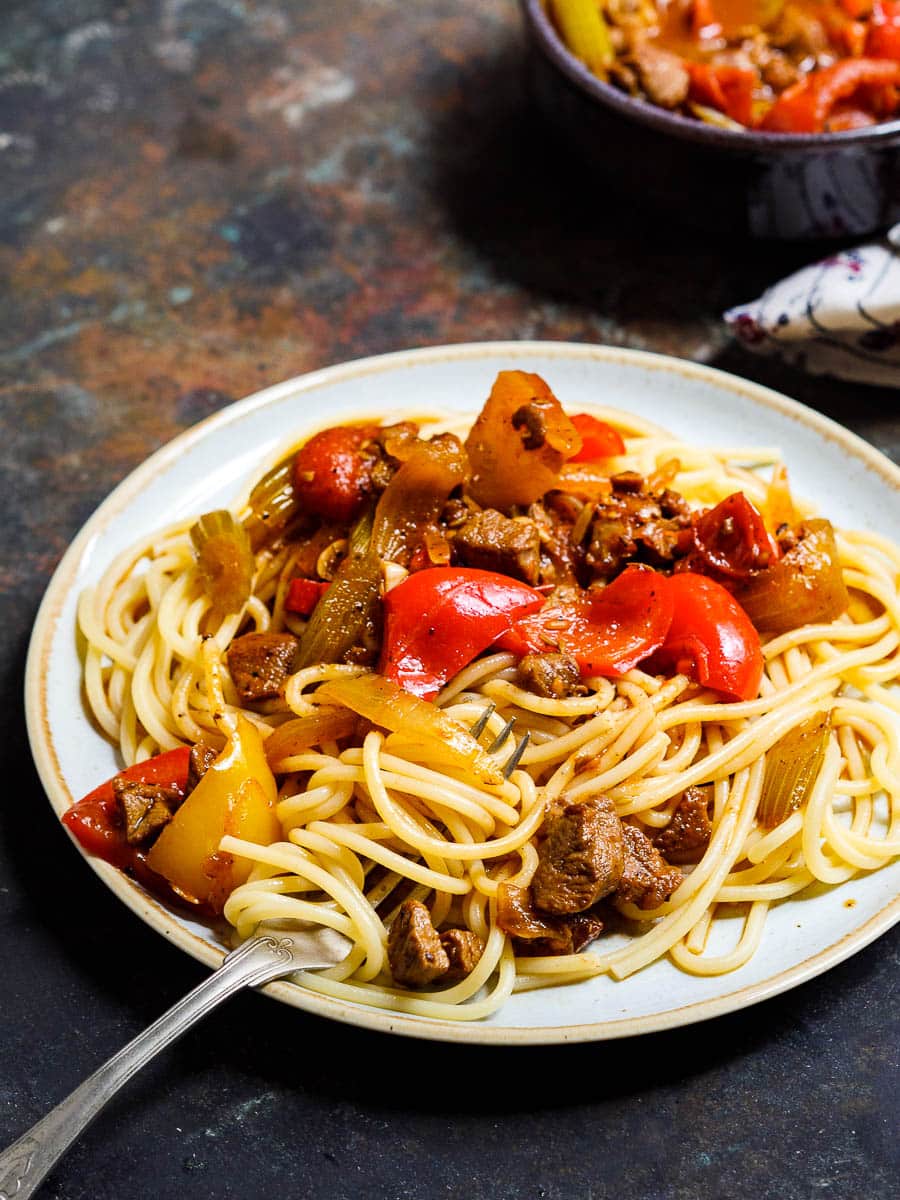
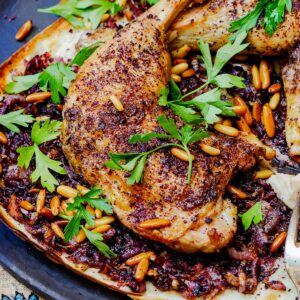
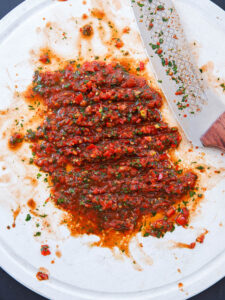
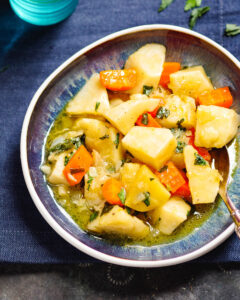




2 responses
I’m trying out your recipe as an alternative to Easter roast lamb. EXCITED!!
Looks and sounds delicious definitely making this on eid we have a few friends coming